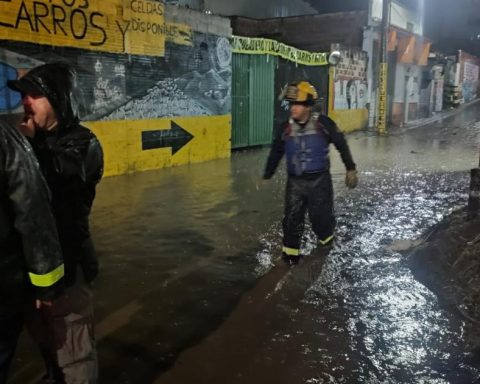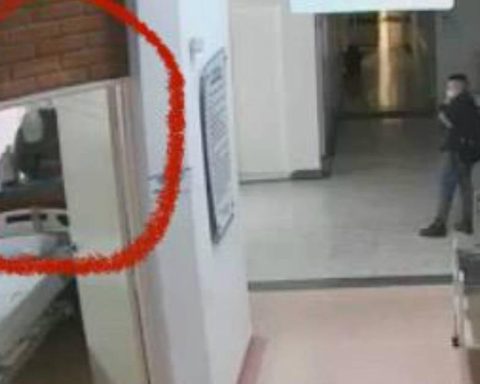This Wednesday, it is expected that the Government file the project pension reform, after last week the Ministry of Labor presented the bases of the articles.
(See: ‘In the pension reform, the capital market is not something minor’).
The project, which is based on a system of pillars, it would be moving in the right direction in terms of coverage and in the face of system regression problems. However, doubts remain about how its structure will be financed.
This is taken into account that in the Government’s proposal It is expected to cover 2.5 million adults over 65 years of age who today do not have old age protection, through a monthly income of $223,000, that makes up the so-called ‘Solidarity Pillar’.
A second pillar is also proposed, the semi-contributory, to give an income to people over 65 years of age who have not been able to retire because they do not meet all the contribution requirements.
(See: Who can raise the weeks and other questions about pension reform).
The other big change is in the contributions, through two components within the same pillar of the system, in which Colpensionyes will receive all contributions below three minimum wageswhile the Pension Fund Administrators (AFP) will be responsible for contributions from three salaries onwards.
Last week, the Minister of Finance, José Antonio Ocampo, He assured that the reform, and specifically the tax pillar bonus, would cost the country between $4 billion and $5 billion annually. According to the Treasury, this will be financed mainly with resources from the national budget, but also with greater resources from contributions.
“There is a small additional increase, we raised a little what high-income people have to contribute when they contribute, and high-income pensioners”, explained the Minister.
Ocampo assured that in the pension “an excellent agreement” was reached between the Treasury and Mintrabajo on what can be done.
(See: Subsidy for the elderly will no longer be $500,000, according to the reform).
“We look at how much can be given in the solidarity regime, to cover more people but with a lower amount; The whole issue of the Savings Fund is a Treasury proposal that the Ministry of Labor accepted and is also essential to be able to maintain the TES market, which depends a lot on pension funds“, said.
To future, it is expected that part of the pensions will be financed with this fund.
Pension.
Before the proposal, there are positions that indicate that there are some advances, but also many issues to be corrected. Mauricio Santamaría, president of the Anif Center for Economic Studieshighlighted the definition of the solidarity pillar at $223,000, in correspondence with the extreme poverty line. “That will make it sustainable into the future, but it is not clear how it will be financed, and it is between $7 trillion and $8 trillion,” the economist calculated.
(See: Pension reform: more discounts for workers and the richest).
For Santamaría, there are significant advances compared to what was known a few weeks ago, but it is still worrying that the contributory pillar continues to require all Colombians to contribute up to three minimum wages to the average premium regime.
“At Anif we have insisted that, since the Government made the decision to go to a pillar system, that threshold must be at a minimum wage”, proposed Santamaría. This, in order for the system to continue to be sustainable in the future, since Colpensiones would continue to manage pension subsidies of up to three salaries.
Besides, warned that this model makes nearly 90% of AFP affiliates they go to Colpensiones, which would hit part of the economy’s savings and that is invested in the capital market.
The challenges for the system
According to Marcelo Duque, director of the firm Cómo me Pensiono, “The great challenge facing the Government is to increase the precarious coverage, since only 30 out of every 100 adults have an allowance or income in old age”.
For the expert, the solidarity pillar would improve this, since it is not an allowance as such, but an income for their adulthood. “It is also assumed that it will correct that the subsidies go to people with lower incomes. The big question is how these payments will be financed, the document does not go into that level of detail with precision”, he comments.
LAURA LUCIA BECERRA ELEJALDE
Journalist Portfolio
















